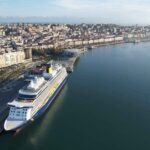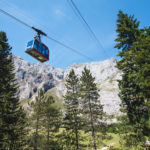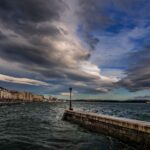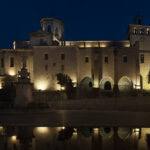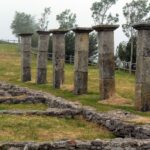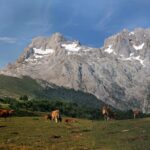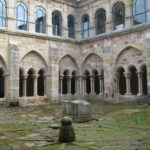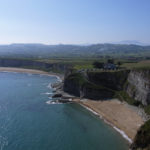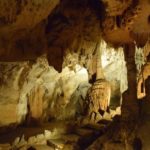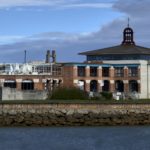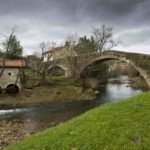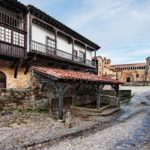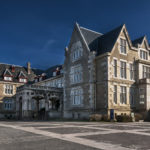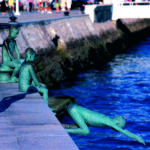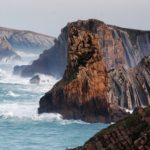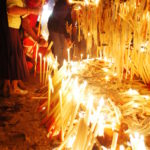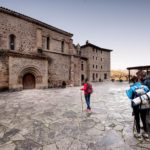Santander is a monumental city, in both meanings of the word. On the one hand, because it has groups of sculptures, categorised as monuments. And, on the other because, in some cases, there are some creations that are extraordinary in their grandeur, meaning and symbolism.
To begin a tour of monumental Santander, there’d be nothing better than to start by the Cathedral, ground-zero of the ancient city, around which the growing population has gradually expanded to become the modern city, (with capital letters), that is today’s capital of Cantabria. In the Cathedral and specifically in the bell tower, you’ll find the Interpretation Centre for the History of the city, which is part of the cultural ring of the city. Also included in the ring are the Archaeological Centre of the Medieval Wall, the Interpretation Centre of the old Docks, the Museum of Prehistory and Archaeology of Cantabria, the anti-aircraft shelter “discovered” in 2016 and the Route of the Fire that devastated the Old Quarter in the year 1941. All this in a radius of 500 meters.
Very close to the Cathedral you’ll find, not a monument in itself, but what is fast becoming a notable landmark for the city; for now and the future. The Centro Botín, also part of that cultural ring, is actually a monument dedicated to the exhibition of all kinds of artistic expressions.
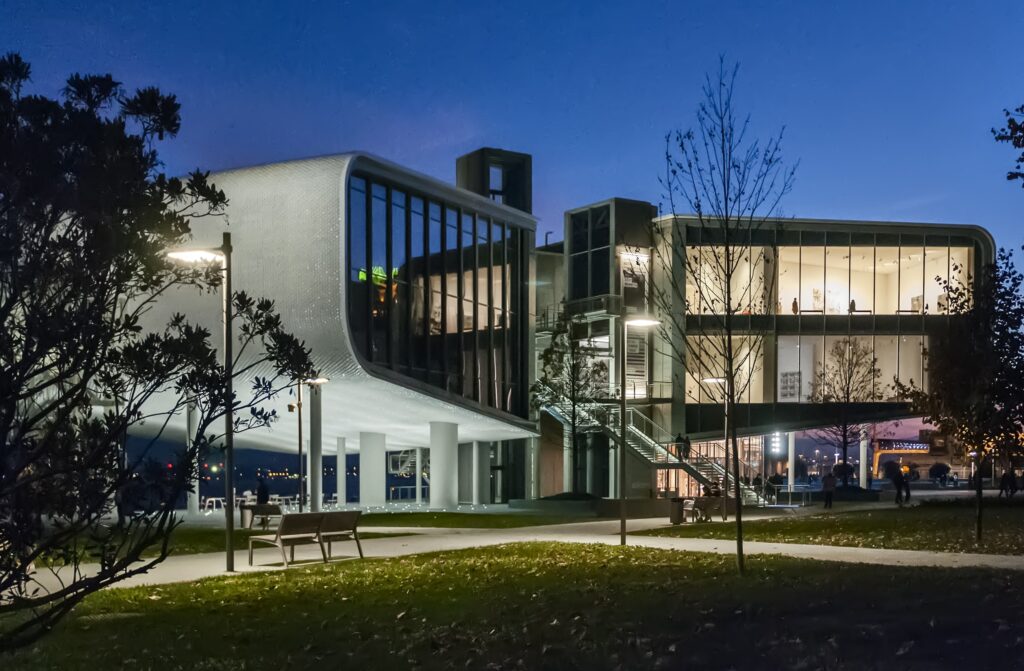
Designed by Renzo Piano, your visit shouldn’t end without a trip to the top of the building and its magnificent views of the city and the bay.
Nearby, in the Gardens of Pereda, you’ll see a large monument, in honour of José María de Pereda, on which some of the Cantabrian writer’s most famous works are represented. Looking from here towards the city, towards the seafront, a space appears, presided over by the Statue of Pedro Velarde. This is the neoherrerian styled Plaza Porticada and, throughout the year, it plays host to some of the city’s most diverse festive and cultural activities, mainly in the summer months. Although in the Christmas holidays they install a skating rink.

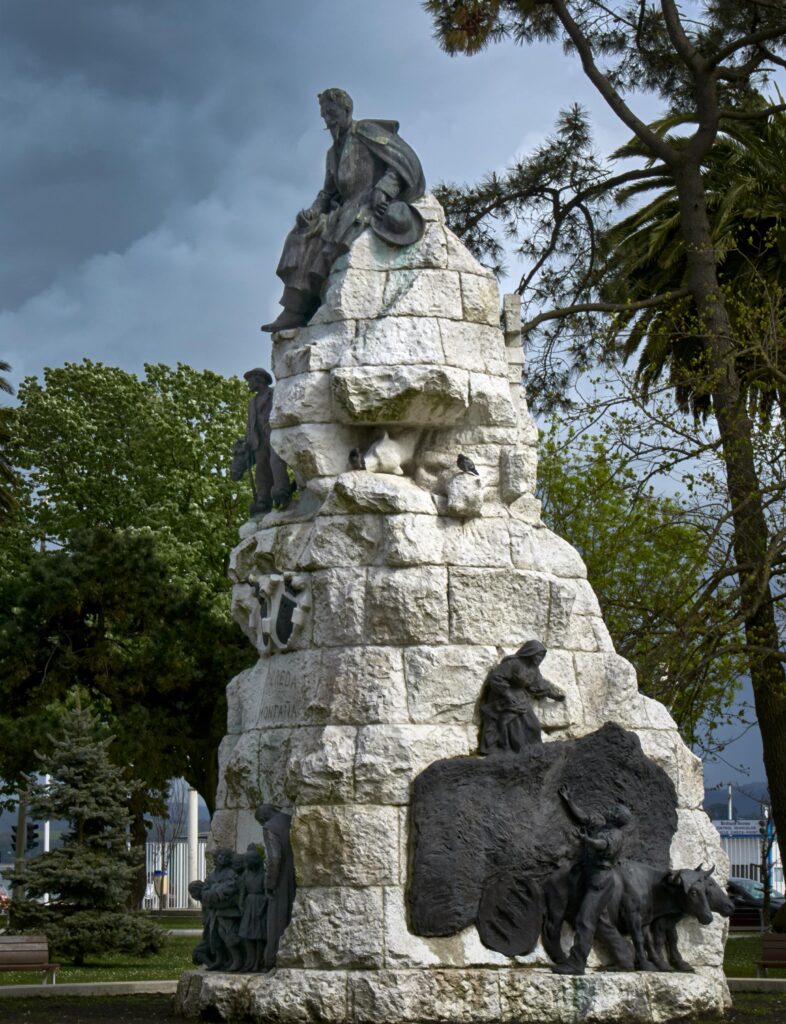

Retracing your footsteps and turning to look at the sea-side promenade you will find more monuments; such as the fountain dedicated to the writer Concha Espina, or, a series of sculptures, the Raqueros, which represent a character which has disappeared, but is well known and loved by “santanderinos”. The raqueros were those children who dived into the bay to collect coins thrown by tourists. And beside it, stands the unmistakable silhouette of the poet from Madrid, with a Cantabrian heart, José Hierro.
Leaving the poet and the yacht club behind, the Palacio de Festivales stands majestically, looking over the bay; another cultural landmark for the city and for Cantabria. And if you dare to take a walk along the Avenida de Reina Victoria on the way to the Palacio de la Magdalena, you will find another monumental sculpture group, dedicated to the memory of the painter Enrique Gran. So far, the proposed day-trip route could continue into tomorrow when you’ll get closer to the La Magdalena peninsula and El Sardinero.
More information


